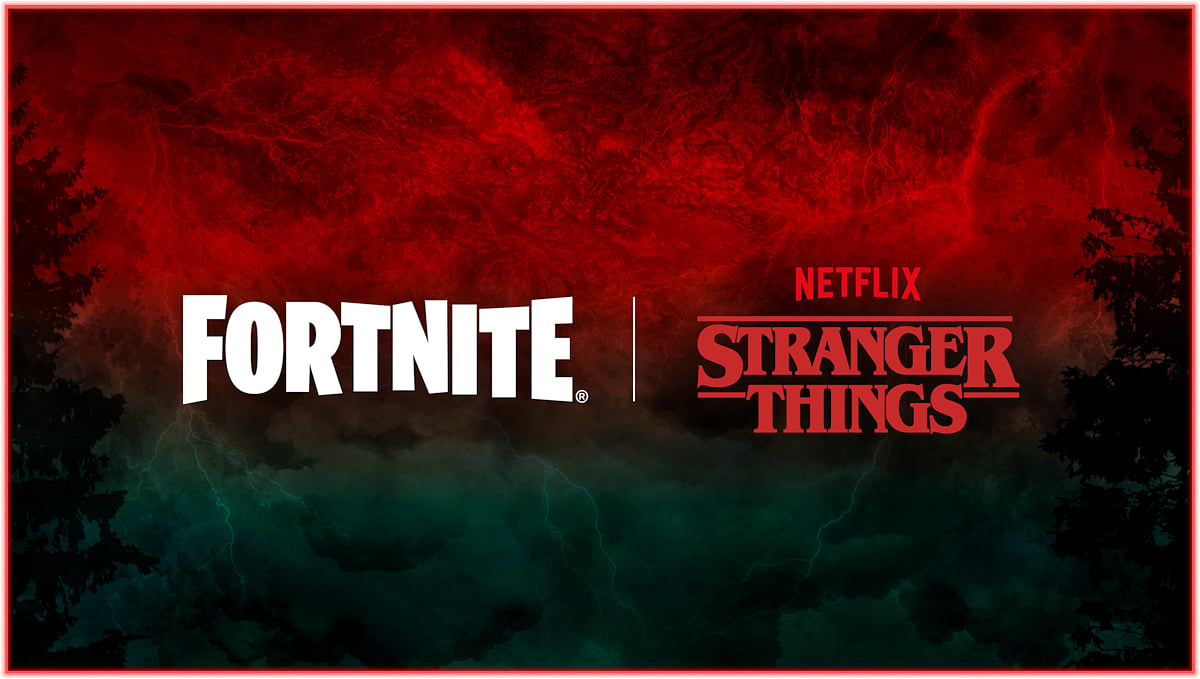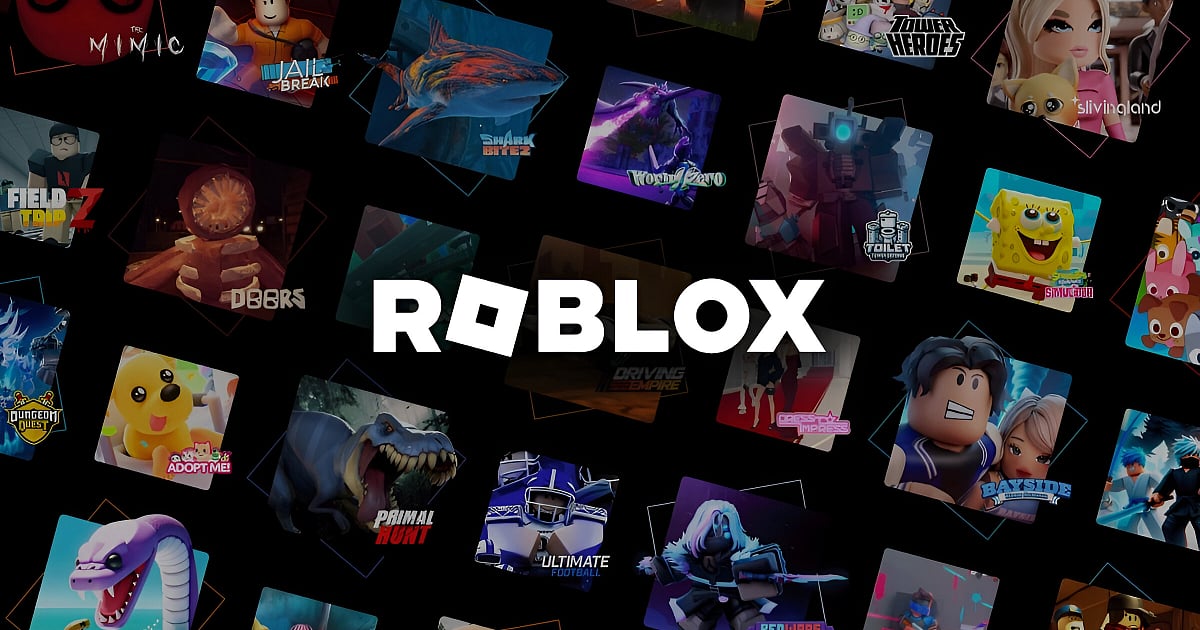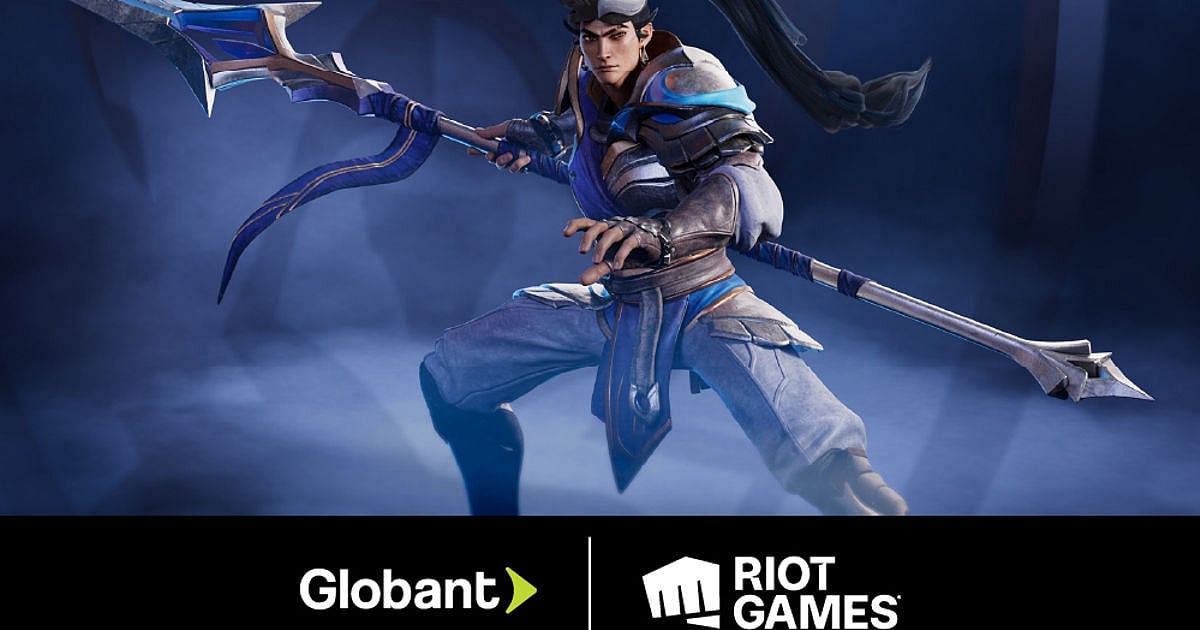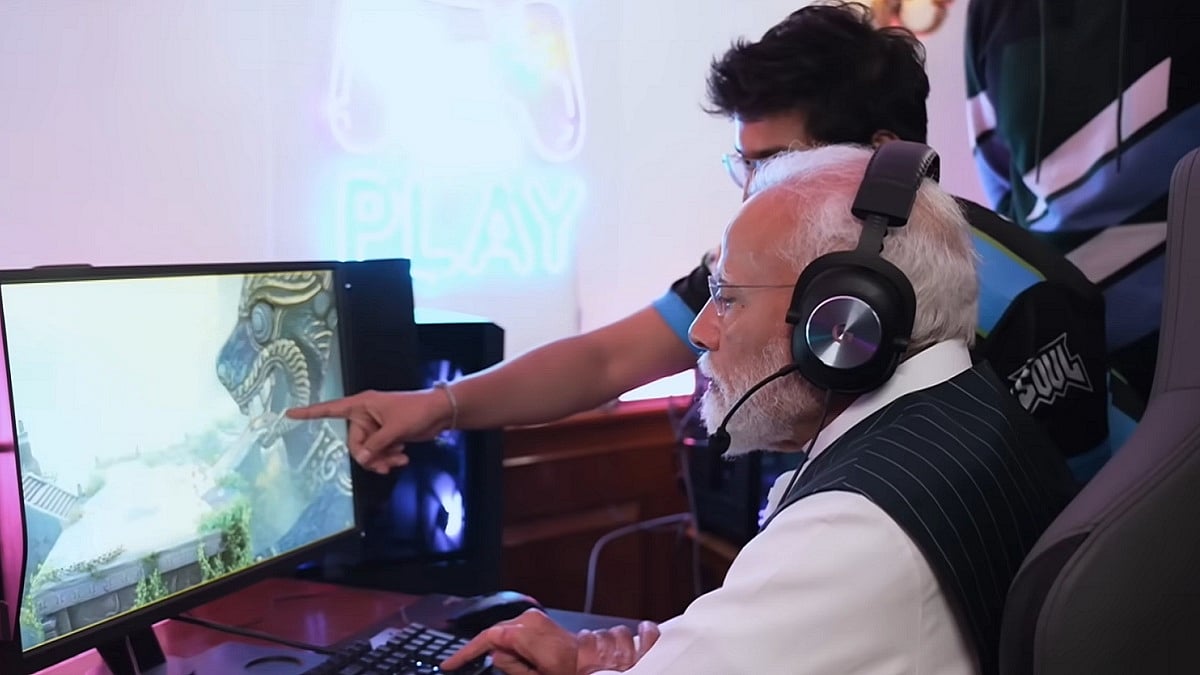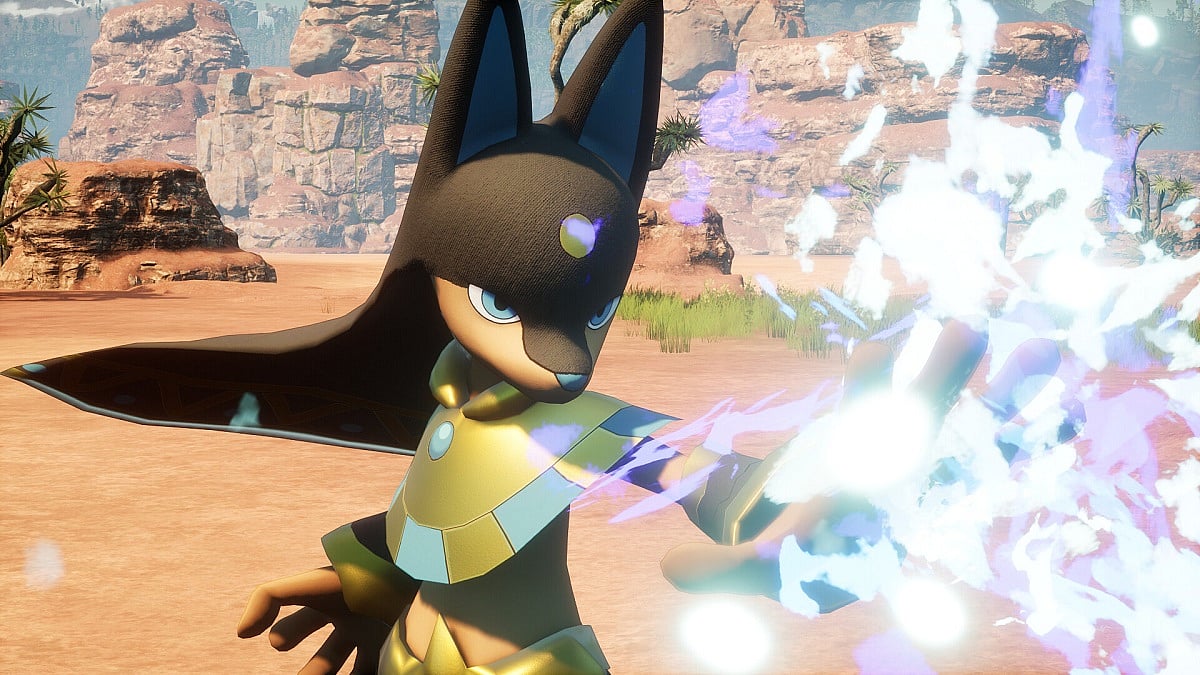
Palworld
Inside the $100 Million Club: Top Indie Game Revenue Stories
From Minecraft to Palworld, explore why these indie games broke $100 Million in sales and transformed the gaming landscape.
Indie game success stories underline how creativity, player focus, and adaptability can rival or surpass blockbuster productions in both impact and earnings. Indie studios often have small teams (usually fewer than 50 people), are self-funded or minimally backed, without major publisher involvement at launch.
Indie games often rely on creativity, innovation, and strong community engagement, and sometimes outshining big-budget AAA titles. Here is a look at games that have surpassed $100M in lifetime revenue as we uncover the unique reasons behind their astonishing success.
Minecraft by Mojang (Markus "Notch" Persson)
- Lifetime Revenue: Over $4.2B
- Sales: 350M+ copies
Minecraft's rise from a simple sandbox game created by a solo developer to a global phenomenon is a textbook indie success story. Launched in 2009 during its alpha phase, Minecraft sold over 350M copies across platforms by 2025, accumulating more than $4.2B in lifetime sales.
Its appeal lies in its limitless creativity, allowing players to build and explore their own worlds freely. Notch’s open communication with players and iterative development process fostered a passionate community and empowered modding, extending the game’s lifespan. Microsoft's acquisition in 2014 for $2.5B showcased how a small indie project could evolve into a franchise powerhouse.
Stardew Valley by ConcernedApe (Eric Barone)
- Revenue: $581M (gross Steam), millions more across platforms
- Sales: 41M+ copies
Developed single-handedly by Eric Barone and released in 2016, Stardew Valley became a heartfelt revival of farming sims with a rich narrative and immense depth. Selling over 41M copies and generating up to $581M in Steam revenue alone by 2025, its success comes from a pure game experience without microtransactions.
Barone’s meticulous attention to detail and direct engagement with fans created a loyal community, while cross-platform expansions broadened its reach.
Terraria by Re-Logic
- Revenue: $548M gross (Steam)
- Sales: 64M+ copies
Terraria, a 2011 release by a small team, rides a long-tail success curve, selling over 64M copies and nearing $549M in revenue. This mix of exploration, crafting, and combat offered players rich replayability. Steam’s consistent user-friendly updates and an enduring passionate fanbase helped Terraria remain a top-rated indie game for over a decade.
Hollow Knight by Team Cherry
- Revenue: $316M (Steam)
- Sales: 15M+ copies
This 2017 Metroidvania from a tight-knit three-person team has sold over 15M copies and amassed over $100M in revenue. Its 2025 sequel Silksong, is also on track to surpass $100M in first-year sales. Praised for its beautiful hand-drawn art and challenging gameplay, Hollow Knight’s engaging story and vast world immerse players. Strong word-of-mouth and positive critical reception fueled its steady growth.
Palworld by Pocketpair
- Revenue: $471M (Steam)
- Sales: 25M+ copies
A 2024 breakout indie hit, Palworld combined creature collection with shooter mechanics in a fresh "Pokémon meets guns" experience. Achieving over 25M Steam sales and generating over $471M on the platform, this viral success demonstrates the power of unique blends and strong social buzz. Its ongoing development and multiplatform support suggest further growth with future regions, new pals, and raids.
Many successful indie games share a combination of factors that propelled them to over $100M in sales. One key driver is their innovative gameplay, often blending familiar genres with fresh twists or new mechanics that either appeal to broad audiences or resonate deeply with niche communities. Strong word of mouth and viral growth, frequently fueled by streamers and influencers, often replace traditional advertising, boosting visibility organically.
Lastly, these games typically sustain their success through robust post-launch support with continuous content updates that keep players engaged and monetize over extended periods. This combination of creativity, community, accessibility, influence, and longevity forms the core of why these indie titles broke the $100M barrier and redefined what small teams can achieve in the gaming industry.
While some games like Minecraft eventually grew into large studios or were acquired by big companies, their initial indie origins and grassroots success remain key to their legacy. This shows indie development isn't just experimental but can create globally influential franchises.

Author
Abhimannu Das is a web journalist at Outlook India with a focus on Indian pop culture, gaming, and esports. He has over 10 years of journalistic experience and over 3,500 articles that include industry deep dives, interviews, and SEO content. He has worked on a myriad of games and their ecosystems, including Valorant, Overwatch, and Apex Legends.
Abhimannu Das is a web journalist at Outlook India with a focus on Indian pop culture, gaming, and esports. He has over 10 years of journalistic experience and over 3,500 articles that include industry deep dives, interviews, and SEO content. He has worked on a myriad of games and their ecosystems, including Valorant, Overwatch, and Apex Legends.
Related Articles
